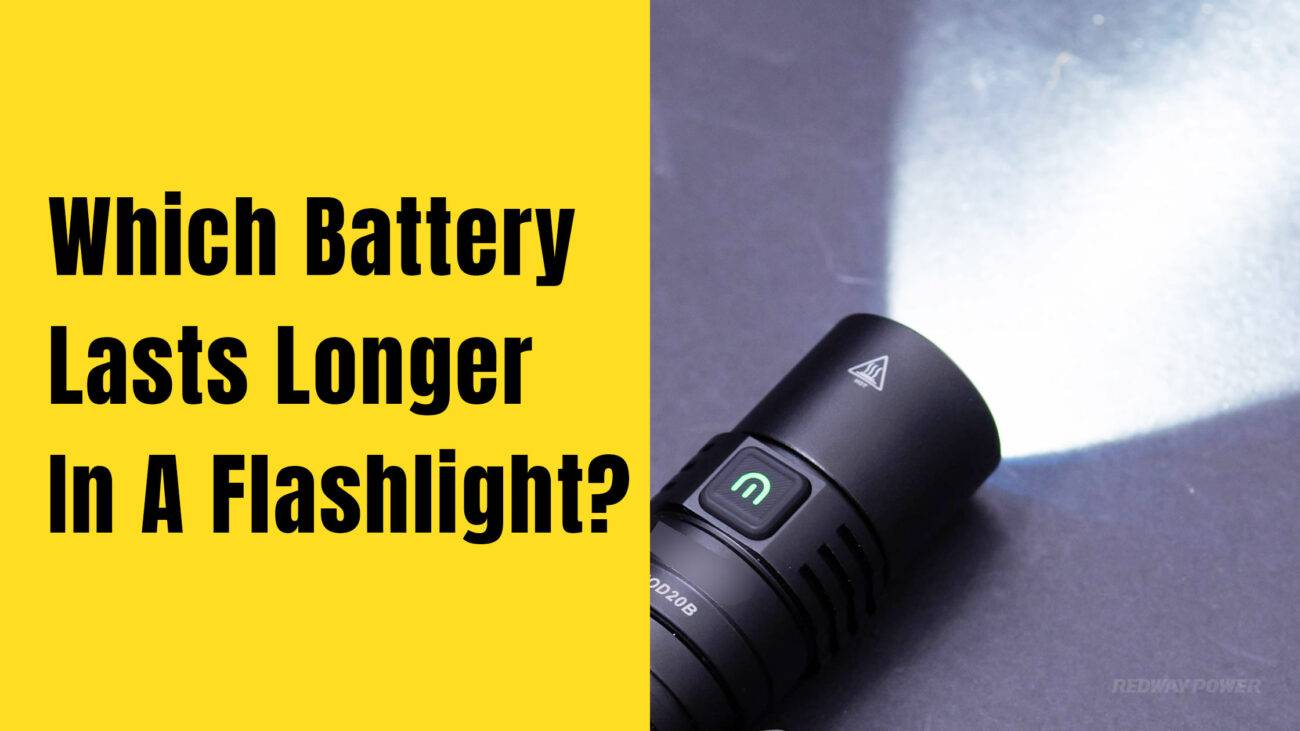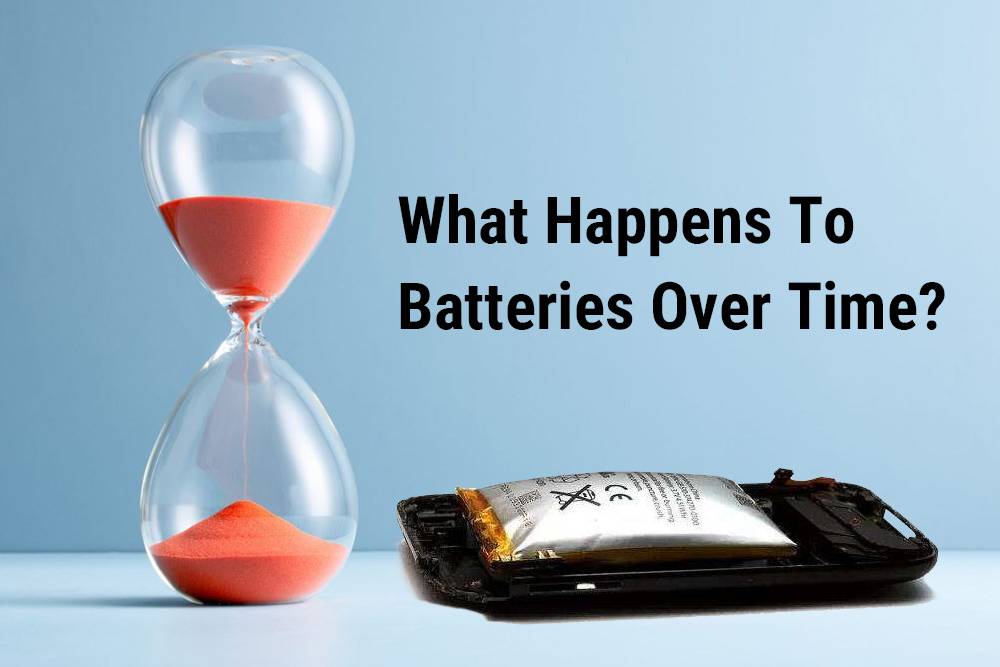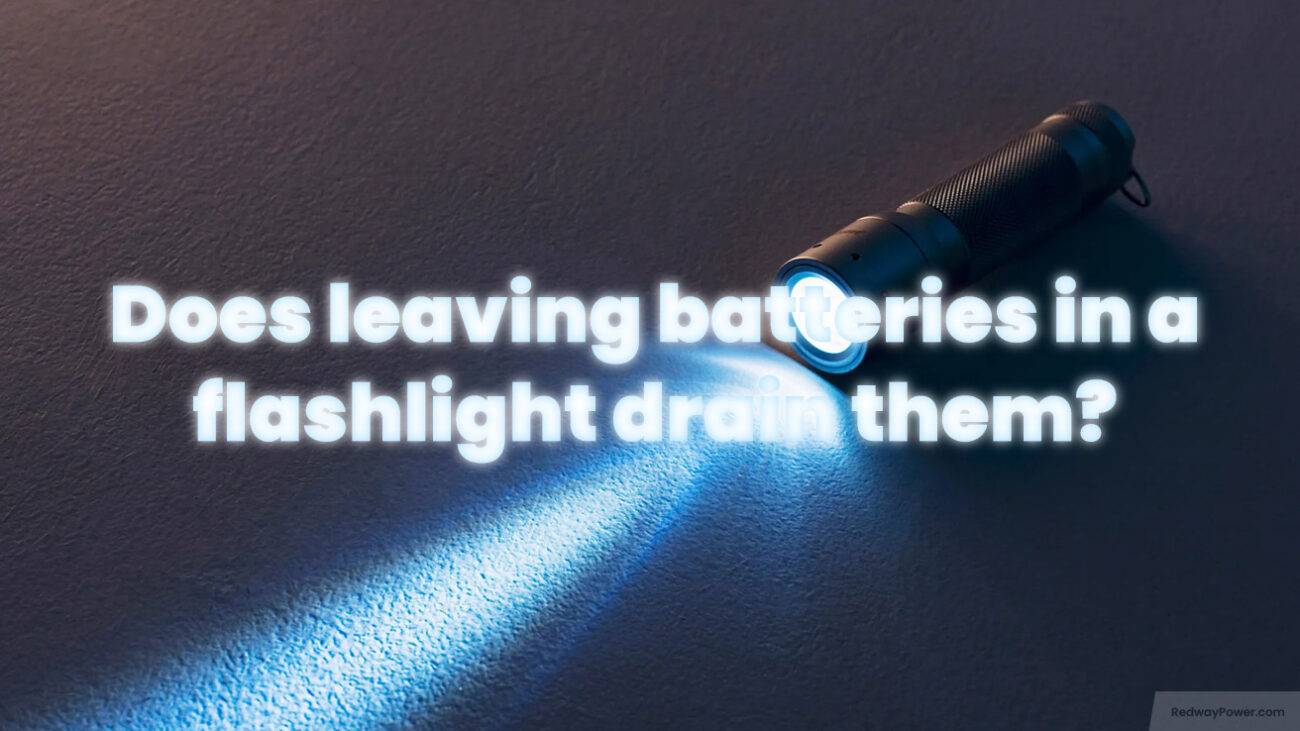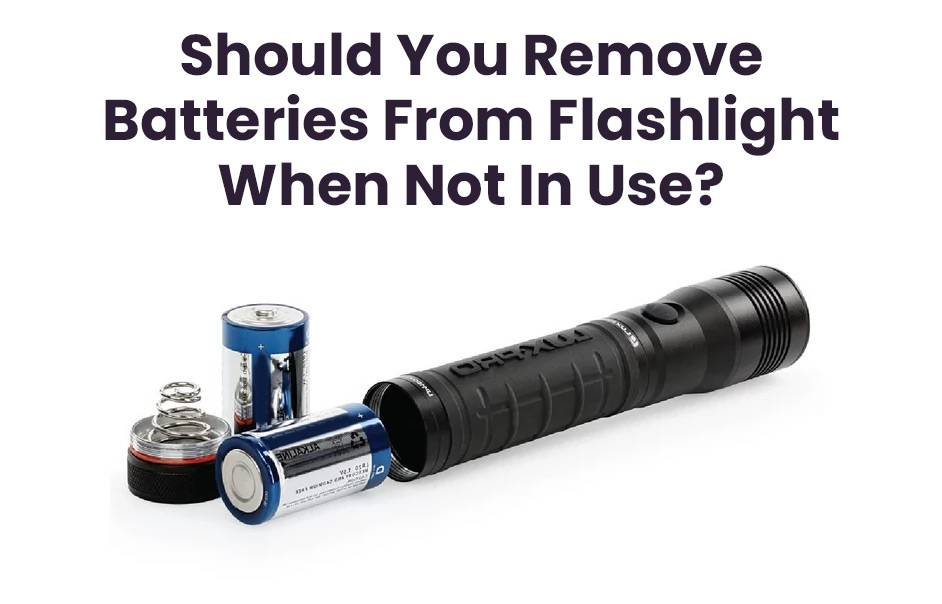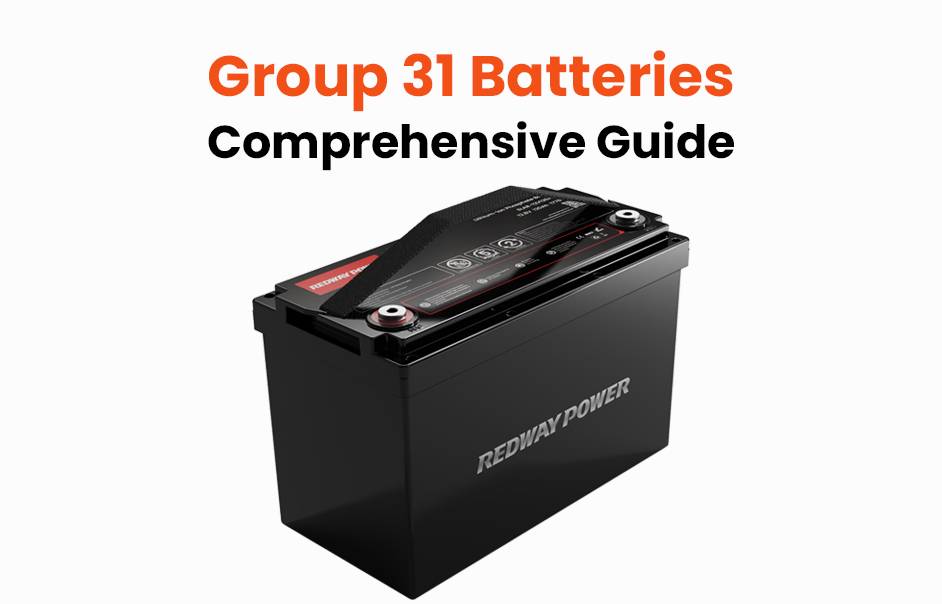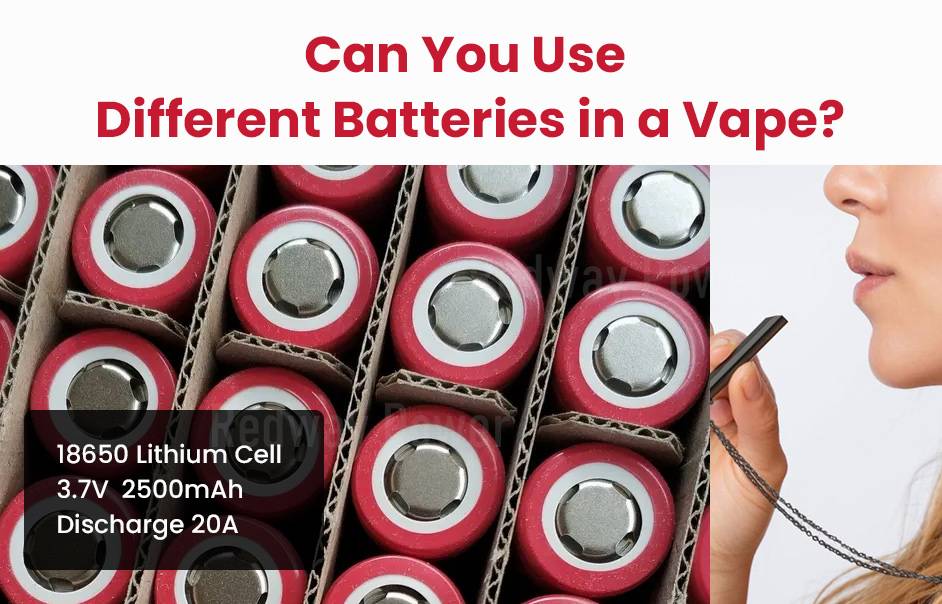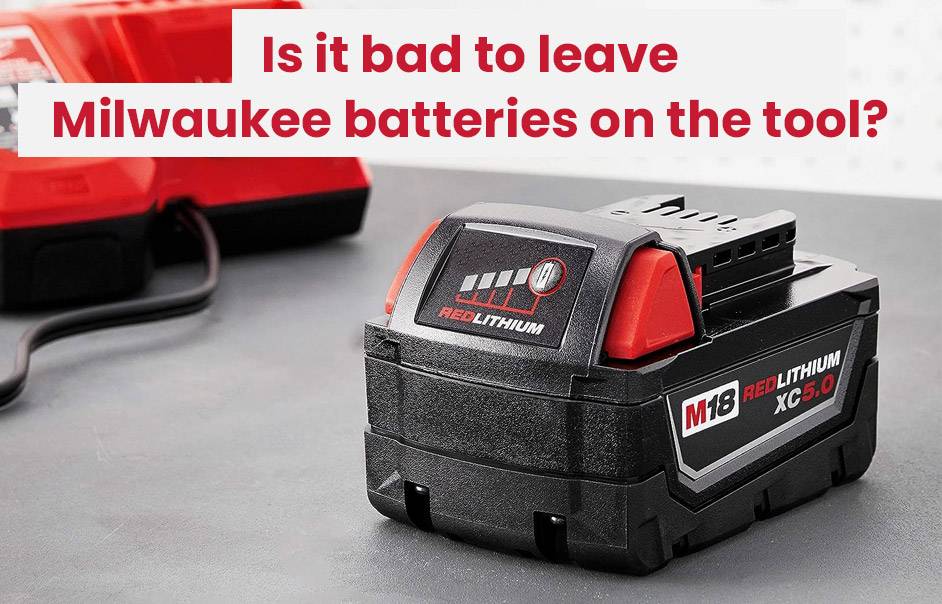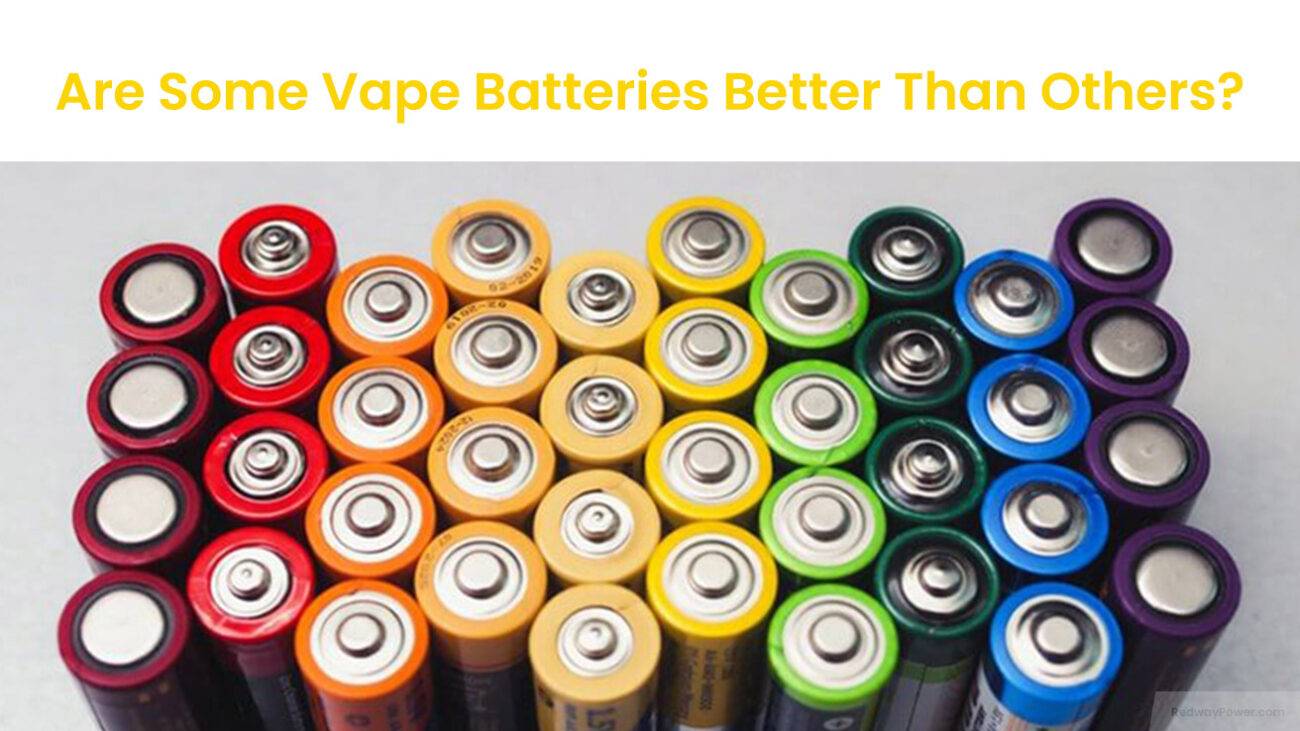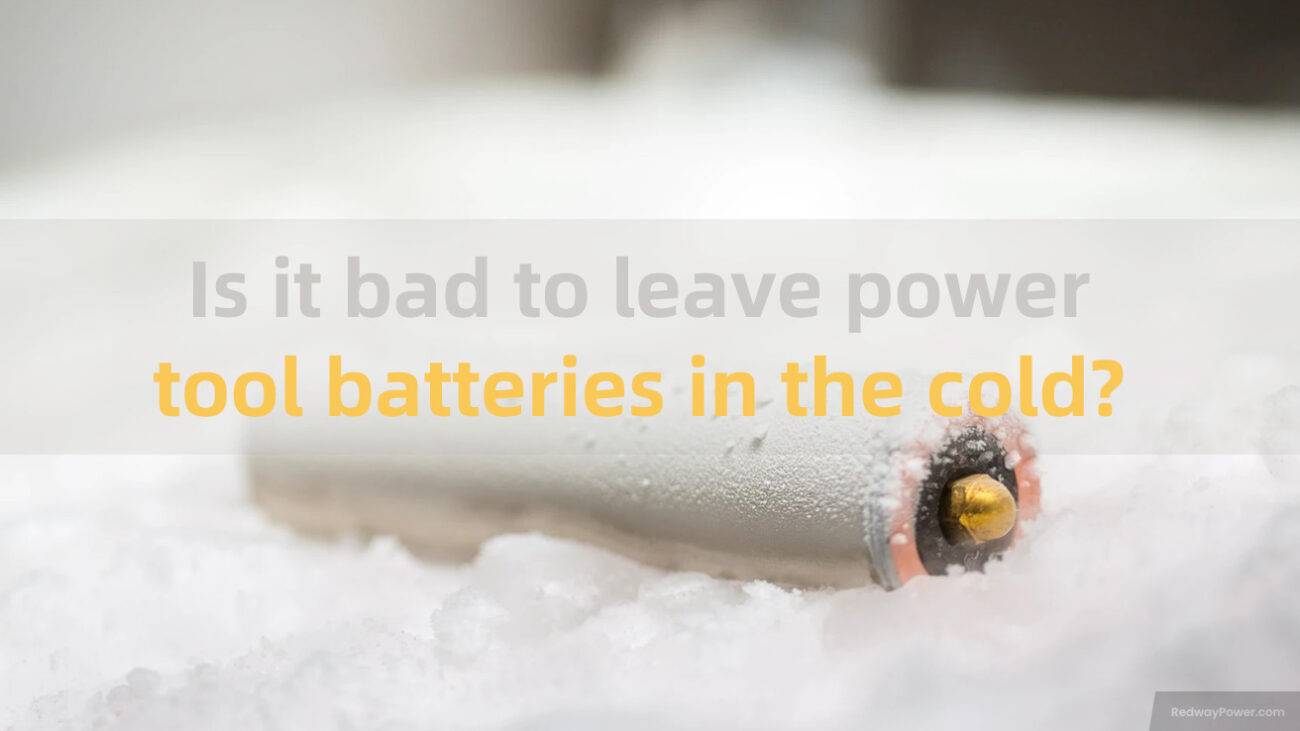Explore the longevity of flashlight batteries for uninterrupted performance. In this guide, delve into the factors influencing battery life, uncover the shelf life variations among different battery types, and discover valuable tips to extend their durability. Don’t overlook this crucial aspect—ensure your flashlight is always ready to illuminate when needed. Get ready to shine a light on maximizing your flashlight’s effectiveness!
Factors that affect battery life in flashlights
Understanding the factors influencing battery life in flashlights is essential for optimal performance. By considering specific aspects, you can extend the lifespan of your flashlight’s batteries, ensuring they are reliable when needed.
1. Flashlight Type:
- Different flashlights have varied power requirements, impacting battery drain rates.
- High-intensity LED flashlights generally consume more power than traditional incandescent ones.
2. Battery Quality:
- Quality matters; cheap or expired batteries may provide less energy output and have a shorter overall lifespan.
- Investing in high-quality rechargeable batteries or reputable brands enhances battery longevity.
3. Usage Patterns and Environment:
- Usage patterns influence battery life; continuous high-brightness settings drain batteries faster than intermittent use on lower settings.
- Environmental conditions matter; extreme temperatures can affect performance and shorten lifespan, so avoid storing flashlights in such conditions.
4. Maintenance Practices:
- Proper maintenance is crucial; regularly clean contacts with alcohol wipes to maintain good electrical connections and improve efficiency.
- Regular care for both the flashlight and its batteries contributes to optimal performance over time.
By considering flashlight type, battery quality, usage patterns, environmental conditions, and maintenance practices, you can significantly extend your flashlight’s battery life. These simple considerations ensure your flashlight remains a reliable source of light when you need it most.
The Shelf Life of Different Types of Batteries
Understanding the shelf life of batteries is crucial for ensuring your flashlight is ready when needed. Different battery types have varying lifespans influenced by their chemical compositions.
1. Alkaline Batteries:
- Commonly used in flashlights.
- Shelf life of 5 to 10 years.
- Proper storage ensures functionality over time, though capacity may slightly decrease with age.
2. Lithium-Ion Batteries:
- High-performance rechargeable batteries.
- Longer shelf life compared to alkaline batteries.
- Retain charge for several years when stored correctly.
3. NiMH Rechargeable Batteries:
- Decent shelf life, lasting up to 3-5 years if properly maintained.
- Commonly used in consumer electronics and professional-grade flashlights.
Tips for Maximizing Shelf Life:
- Store batteries in a cool, dry place.
- Avoid exposure to extreme temperatures.
- Remove batteries if the flashlight won’t be used for an extended period.
- Consider using lithium or NiMH rechargeable options for longer-lasting power.
By following these simple tips, you can maximize the shelf life of your flashlight’s batteries. When the need arises, your flashlight will provide reliable illumination, ensuring you are prepared for emergencies or power outages without any hiccups!
How Long Can You Leave Batteries in a Flashlight?
Flashlights are indispensable tools, offering light in dark moments, from camping adventures to power outages. However, understanding how to preserve battery effectiveness is vital. Let’s delve into the factors influencing battery life in flashlights and the best practices for storage.
Factors Affecting Battery Life:
- Battery Type: Alkaline batteries outlast zinc-carbon counterparts.
- Usage Frequency: Prolonged usage drains batteries faster.
Shelf Life of Batteries:
- Alkaline Batteries: Last approximately 5 to 10 years.
- Lithium-Based Batteries: Can maintain charge for up to 15 years on the shelf.
Leaving Batteries in a Flashlight: It’s a common belief that leaving batteries in a flashlight preserves their lifespan. However, for alkaline and zinc-carbon batteries, removing them during extended periods of non-use prevents potential leakage, safeguarding both battery and device.
Tips to Extend Battery Life:
- Adjust Brightness: Use lower settings when possible.
- Limit Prolonged Usage: Avoid unnecessary extended operation.
- Prompt Battery Replacement: Remove old or expired batteries promptly.
- Separate Spare Sets: Store spare batteries separately from live ones.
- Maintain Cleanliness: Keep the flashlight clean and free from debris.
Best Practices for Storage: When storing flashlights and batteries:
- Choose a cool, dry place.
- Use airtight containers for spare batteries.
- Inspect and replace batteries periodically.
- Keep sets organized for easy access.
By understanding these insights and adopting best practices, you ensure your flashlight and batteries are ready to shine whenever needed. Preparedness and proper care enhance the reliability of these essential tools.
Tips to Extend Battery Life in Flashlights
Flashlights are lifelines in various situations, but dead batteries can leave you in the dark. Ensure your flashlight remains a reliable source of light with these simple tips for extending battery life.
Tips to Extend Battery Life:
- Choose Fresh Batteries: Opt for fresh, unexpired batteries from reputable brands to maximize lifespan.
- Adjust Brightness: Conserve battery power by using lower brightness settings when ultra-brightness isn’t necessary.
- Turn Off When Not in Use: Develop a habit of immediately turning off your flashlight after use to prevent unnecessary battery drain.
- Proper Storage: Protect batteries from extreme temperatures, which can affect performance and lifespan.
- Consider Rechargeables: Invest in rechargeable batteries and a compatible charger for a cost-effective and environmentally friendly alternative.
By implementing these straightforward tips, you ensure that your flashlight is always ready to light up the darkness when needed. Illuminate confidently with a flashlight that maximizes battery lifespan.
Best Practices for Storing Flashlights and Batteries
Proper storage is the key to ensuring your flashlights and batteries are always ready to shine. Follow these best practices to safeguard their longevity and performance.
Storage Best Practices:
- Remove Batteries: Prevent potential leakage by always removing batteries before storing your flashlight.
- Clean Flashlight: Thoroughly clean your flashlight to remove dirt and moisture before putting it away.
- Cool, Dry Location: Store flashlights and batteries in a cool, dry place away from extreme temperatures and direct sunlight.
- Avoid Humidity: Keep them in low-humidity environments to prevent corrosion or rusting.
- Organize Batteries: Store extra batteries separately to prevent contact and potential short-circuiting.
- Regular Checks: Periodically inspect stored items for signs of deterioration or corrosion, replacing damaged or expired batteries promptly.
Following these storage best practices ensures your flashlights and batteries stay in top-notch condition until the next time you need them. Proper storage guarantees reliable performance during emergencies.
Importance of Properly Maintaining Batteries for Optimal Performance
Keeping your flashlight batteries in top shape is essential for peak performance. Follow these simple steps to extend battery life and ensure your flashlight is always ready when you need it.
Maintenance Tips:
- Regular Cleaning: Clean battery and flashlight contacts to remove dirt or corrosion. Use a soft cloth or cotton swab with vinegar or lemon juice for efficient power flow restoration.
- Avoid Depleted Storage: Remove dead batteries before storing your flashlight. Leaving them inside for extended periods can lead to irreversible damage due to chemical reactions.
- Mind Temperature Extremes: Extreme temperatures impact battery performance. Avoid exposing flashlights to excessive heat or freezing conditions, especially during storage.
Proactive Measures:
4. Battery Removal for Storage: If not using your flashlight for a while, take out the batteries to prevent potential leakage. Store spare batteries separately in a cool, dry place.
- Avoid Mixing Batteries: Never mix different brands or types of batteries in one device. This prevents uneven discharge rates and potential damage to both battery life and flashlight performance.
Proper battery maintenance ensures longer life and reliable performance from your flashlight. Keep your light source dependable by following these guidelines. A well-maintained battery means a trustworthy illumination source when darkness falls!
FAQs
Do extreme temperatures make an alkaline battery more likely to corrode?
Yes, extreme temperatures can increase the likelihood of an alkaline battery corroding. Alkaline batteries are generally more prone to leaking and corrosion when exposed to temperatures above 130°F for extended periods. To minimize the risk of corrosion and leakage, it is advisable to store alkaline batteries in a cool and dry environment, ideally within the temperature range of 30°F to 70°F. This optimal storage condition can help to prolong the lifespan of alkaline batteries by reducing the chances of corrosion due to extreme temperatures.
How do I keep my battery from corroding?
To prevent battery corrosion, it is recommended to remove batteries from devices that will not be used for an extended period of time. Avoid mixing partially used batteries with new ones and replace partially used alkaline batteries in items like flashlights after twelve months. Additionally, it’s best to avoid mixing different brands of batteries to ensure optimal device performance and reduce the risk of leakage.
How do you get corrosion off a device?
To remove corrosion from a device, it’s advisable to use a mild acid such as white vinegar or lemon juice. Soak a cotton swab in the acid and carefully clean the affected areas. For more stubborn corrosion, you can use an old toothbrush dipped in vinegar or lemon juice to scrub it off. It’s essential to be cautious and only apply the acid to safe areas on the device to prevent causing further damage. Once you’ve finished cleaning, ensure the device is completely dry before inserting new batteries. Keep in mind that if the corrosion has spread into the circuitry, the device may be irreversibly damaged, and simple cleaning of the battery contacts may not be sufficient to restore it.
Does a corroded battery need to be replaced?
A corroded battery poses safety risks and should be replaced. Proper precautions, such as using protective gloves and eyewear, should be taken when dealing with a leaking battery. Remove the corroded battery from the device and clean any acid leakage thoroughly. After cleaning, place the battery in a plastic bag for recycling.
How dangerous is battery corrosion?
Battery corrosion poses a significant danger due to the presence of battery acid, which is a highly corrosive substance capable of causing chemical burns upon contact with the skin or eyes. In addition to the harm it can inflict on human tissue, battery acid can also cause damage to any electronic device it may have leaked into. It is crucial to exercise caution and avoid physical contact with battery corrosion to prevent the harmful consequences associated with exposure to this hazardous material.

